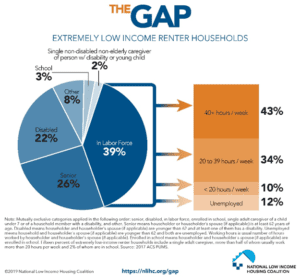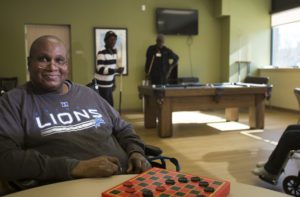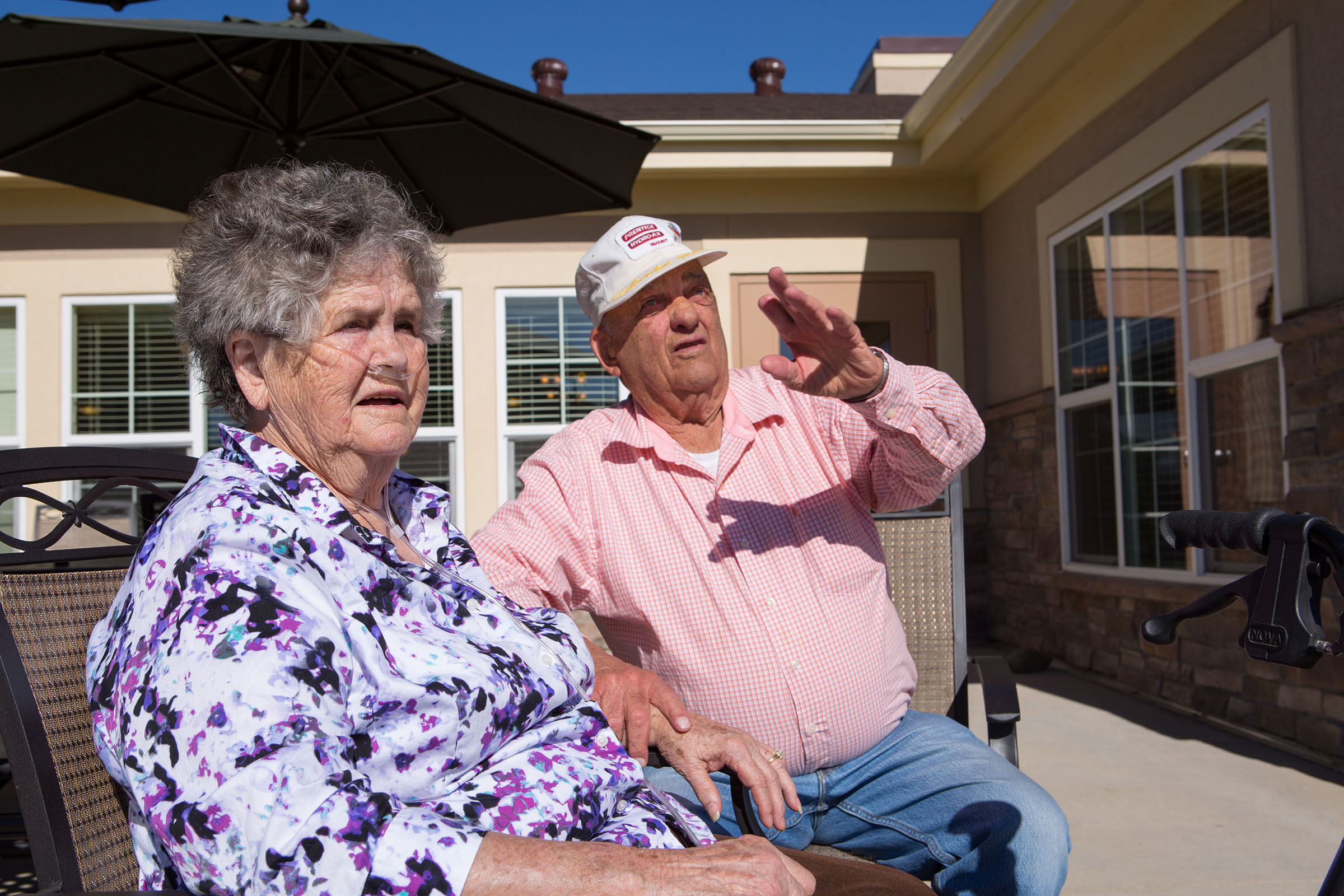By Candace Robinson, Director, Strategy for Aging in Community, Capital Impact Partners, and Amy Herr, Director, Health Policy, West Health Policy Center
This blog originally appeared as a Fast Fact on the Build Healthy Places blog. Read the original blog here.
Fact:
On average, only 35 affordable rental homes exist for every 100 extremely low-income renter households (households that earn 30 percent of the median income). Twenty-six percent of extremely low-income renters are seniors.
Summary:

Twenty-six percent of all renters with low incomes are older adults, and that number could increase without intentional initiatives to preserve affordable housing.
Today’s older adults and those nearing retirement age are significantly more vulnerable than earlier generations to finding affordable housing options. Most seniors own their homes, but the percentage of older adults who rent is expected to increase to 23 percent in 2035. The United States has a shortage of more than 7.2 million affordable rental homes for extremely low-income renter households. The supply of affordable housing for low-income older adults is declining while demand is increasing, threatening the ability of our nation’s vulnerable seniors to successfully age in their communities. Gentrification has increased housing costs, leaving millions of older adults with limited affordable housing options, especially in housing communities offering supportive services. Federally subsidized housing programs for seniors with low incomes have been chronically underfunded and eliminated at a time when regions have seen an increased focus on delivering non-institutional and lower-cost home and community-based services to older adults.
For seniors living on fixed incomes and with little savings, affordable housing is especially critical. Low-income older adults need access to an integrated network of affordable housing, health care, long-term care and social supports to age in their communities. Providing affordable housing enriched with services that address the social determinants of health fills more than just a housing gap. Low-income older adults who are severely cost-burdened spend 62 percent less on health care, forgoing healthy food or delaying medications to afford monthly rental payments which may impact their overall health outcomes. Supportive services have been shown to significantly reduce the cost of hospital visits and inpatient care.
Innovative Solutions
Preserving Affordable Senior Housing
In Detroit, Michigan, 2,000 units of senior affordable housing is at risk of being lost to the market. The Senior Housing Preservation Coalition advocates for increased access to affordable housing to allow lifelong residents to remain connected to their communities and social networks. This coalition builds awareness among developers, investors and government agencies of the impact of senior displacement to encourage preservation of units for older adults.
The District of Columbia operates a dedicated loan fund through a Mayor-appointed Housing Preservation Strike Force to finance preservation of affordable housing units, many of which are occupied by older renters.
Supporting Seniors in HUD-subsidized housing

From aging at home to assisted living facilities, combining supportive services with affordable housing alows older adults to age with dignity in their communities, near people and places that they know and love.
In New Jersey, the Assisted Living Program delivers licensed, assisted living services to older adults residing in senior subsidized (e.g. HUD 202, Low Income Housing Tax Credits) and public housing communities.
The Supports and Service at Home (SASH) model, originally implemented in Vermont, is being scaled nationally through the Well Home Network. SASH assigns a care coordinator and wellness nurse to senior housing sites to provide comprehensive health and wellness programs for residents.
The University of Pittsburgh Medical Center’s Living at Home Program provides supportive services with the help of a nurse and social worker. These staff help develop an at-home care plan, including services such as home health care, meal delivery or grocery shopping, housekeeping, and yardwork.
These promising practices and more are the first steps toward creating a truly integrated path to dignified community living for seniors, especially in underserved communities.
Read More:
· For more information on the current state of housing for older adults – Joint Center for Housing Studies at Harvard
· To learn more about the growing gap in affordable housing – National Low Income Housing Coalition
· For more information on senior housing and homelessness – National Association for Area Agencies on Aging








